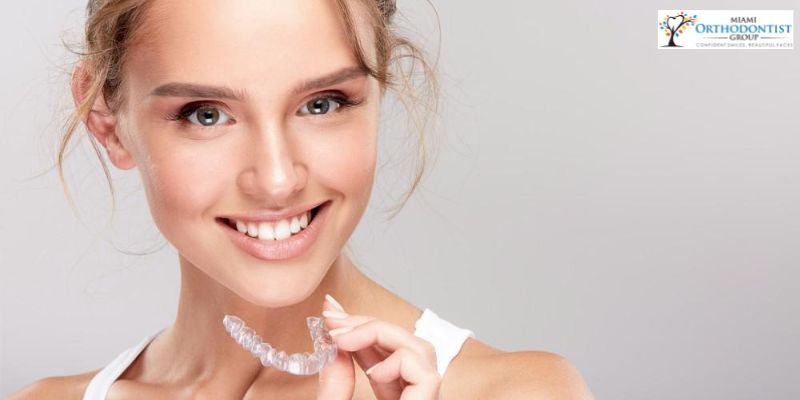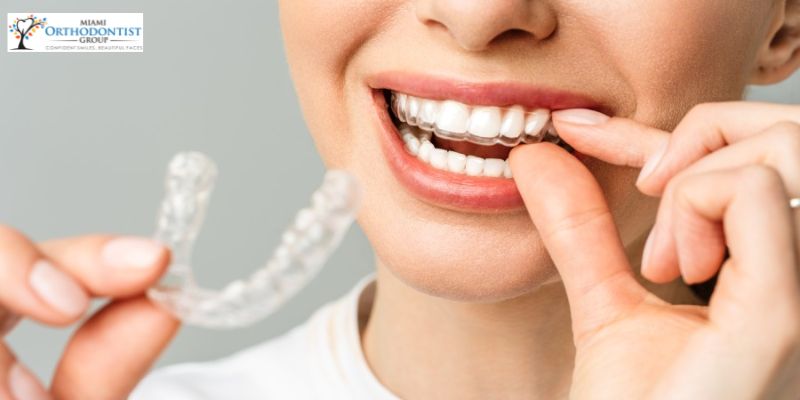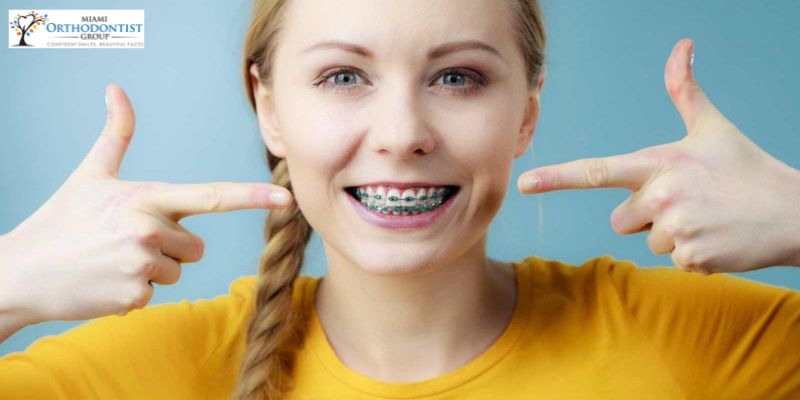When you think of a stunning grin, straight, white teeth may come to mind. However, a beautiful grin is more than just how your teeth look.
A smile is one of the most important aspects of our appearance. It is often the first thing people notice about us, which can significantly impact our confidence and self-esteem.
Orthodontic care is frequently considered a method to make someone's smile more attractive and straighten their teeth.




